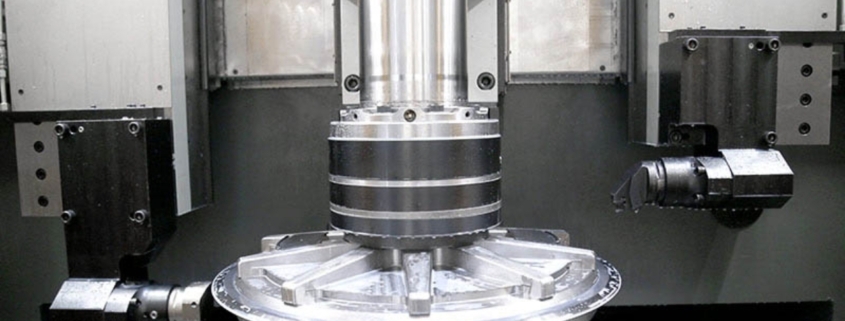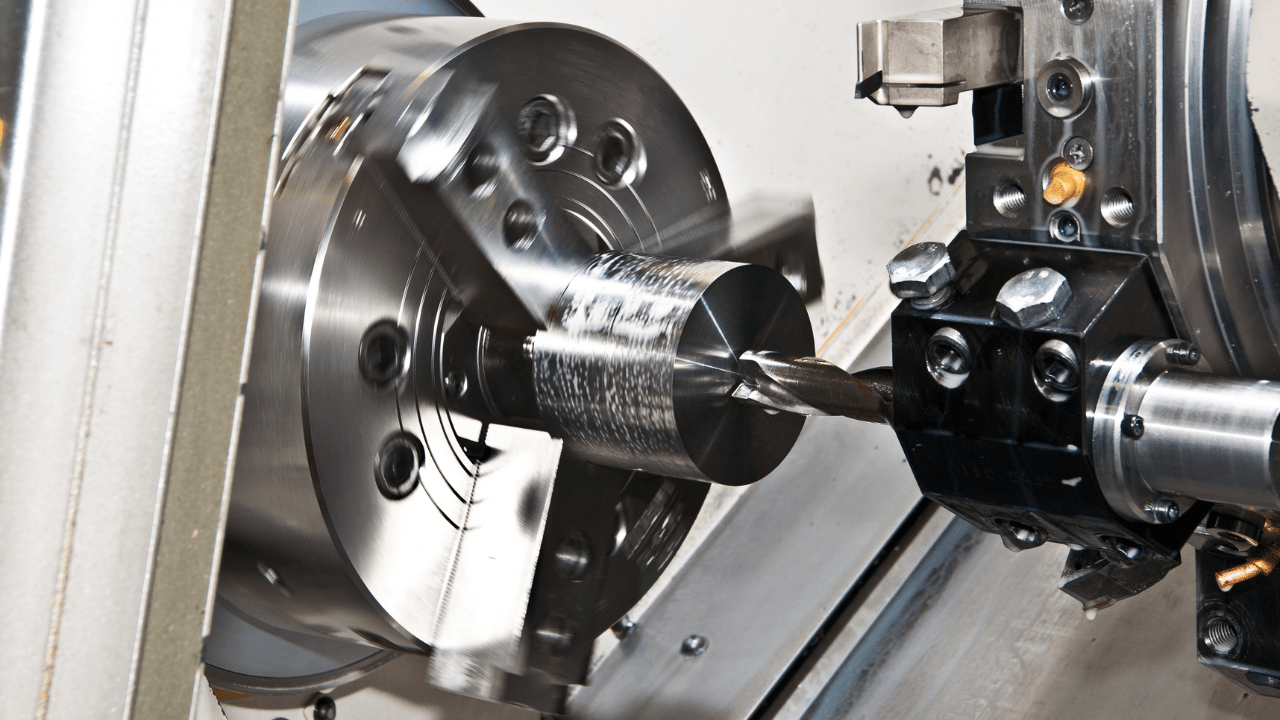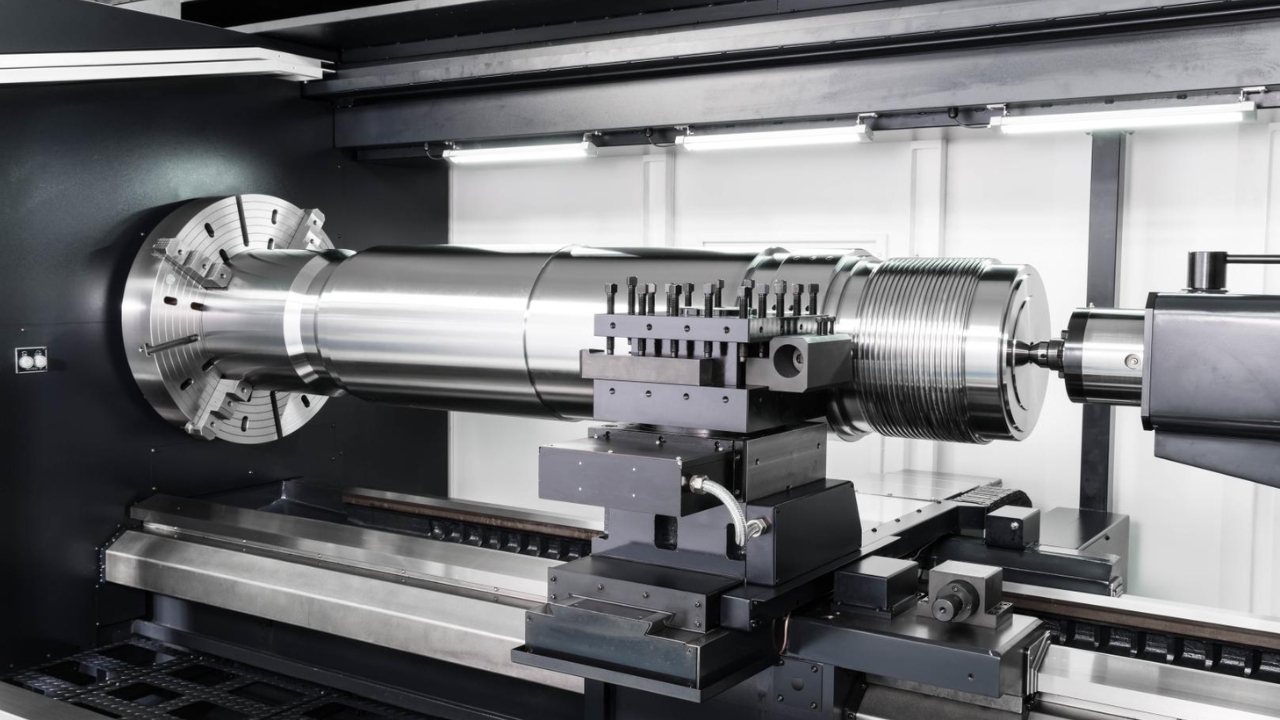What is a CNC Vertical Lathe and How Does It Work?
CNC vertical lathes is a machining tool that helps in shaping heavy and large workpieces via vertical rotation. Controlled through Computer Numerical Control technology, it helps to achieve automatic turning, drilling, and cutting processes very accurately. In this article, we will be discussing its key components, its functions, and where it applies in modern manufacturing.
What are the Main Components of the CNC Vertical Lathe?
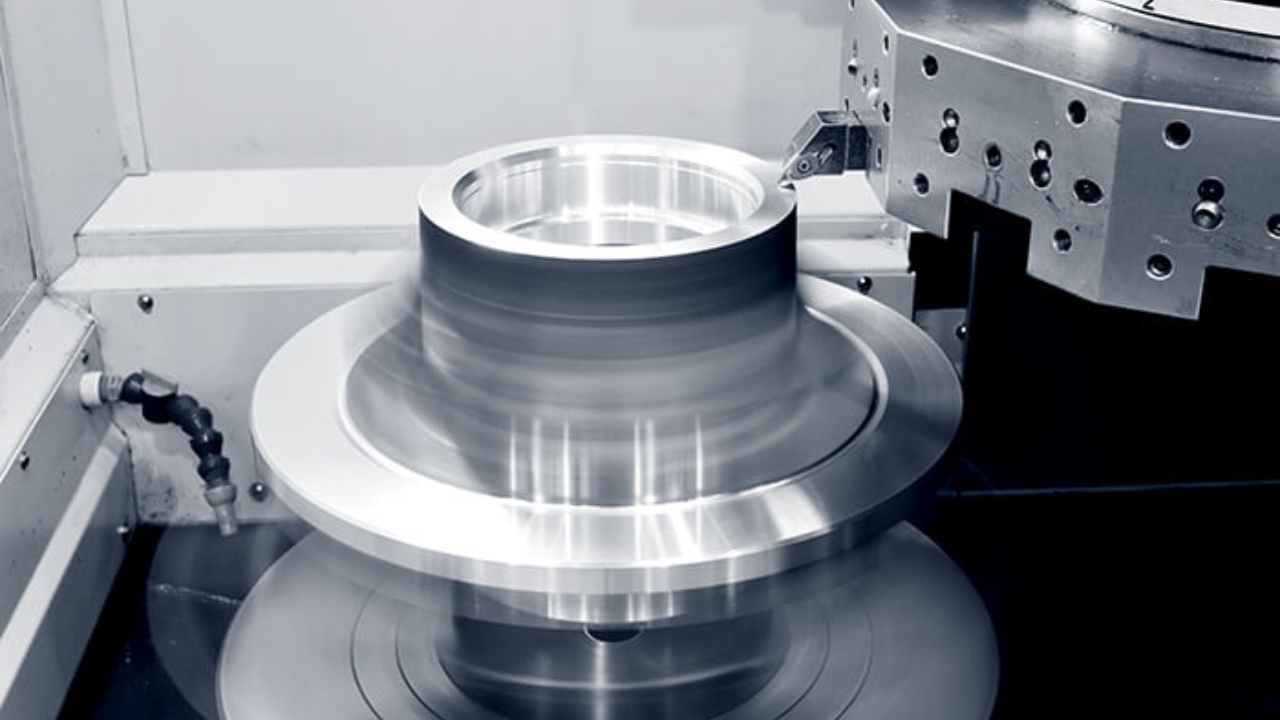
CNC vertical lathes are composed of some main components, which enables accurate machining:
Main Spindle: the main spindle is the rotating element, which holds the workpiece and spins it during machining. This helps to ensure accuracy and stability at different speeds.
Coolant System: With the coolant system you can prevent overheating. This system sprays coolant into the area your cutting takes place, thereby extending the life of the tool and improving the quality of the finish.
Chuck: This holds the workpiece firmly ensuring that it stays in place. This could be manual or hydraulic, which depends on the design of the machine.
Control Panel: This control panel is the interface whereby the operators program as well as monitor the operations of the machine, making use of CNC commands.
Tool Turret: The tool turret helps to hold many cutting tools and automatically rotates to switch in-between tools, ensuring effective machining.
Base & Column: The base and column offers structural support, which ensures stability and rigidity when machining.
How Does a CNC Vertical Lathe Work?
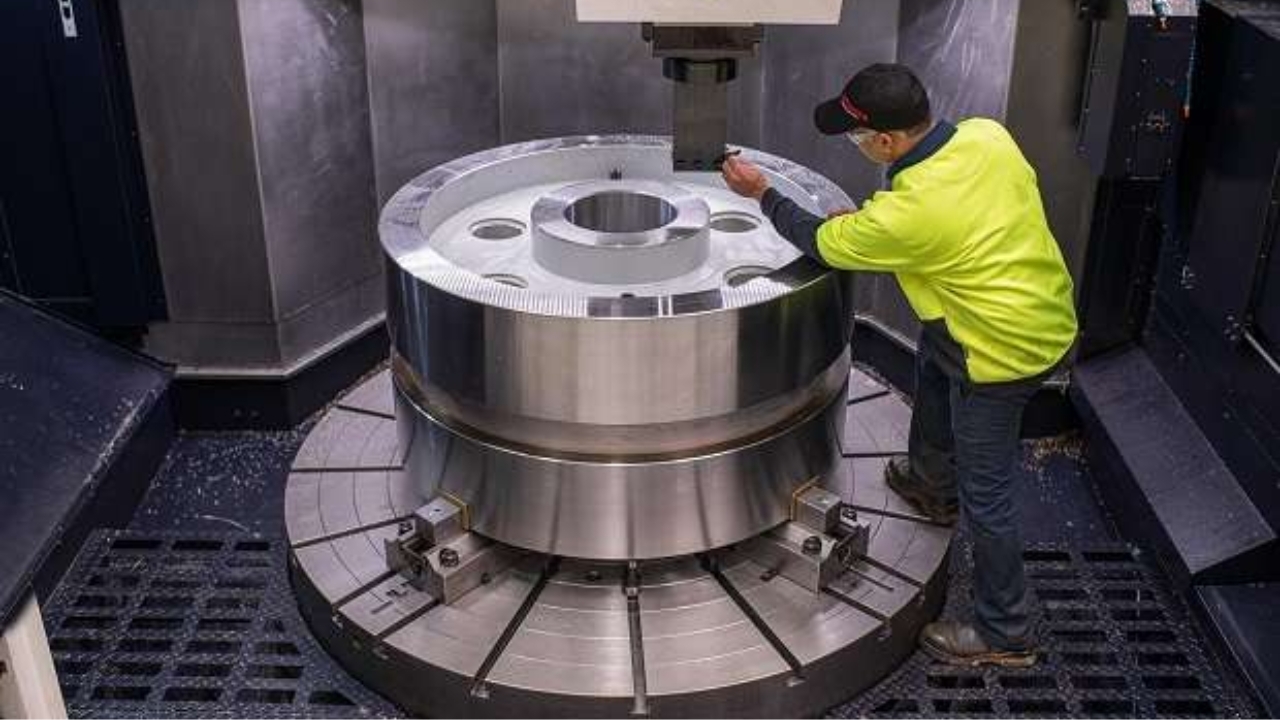
CNC vertical lathes help to handle heavy and large workpieces. They achieve this by mounting them in a vertical position. This orientation makes use of gravity to achieve better stability, which helps to reduce stress on your spindle.
How Vertical Orientation Provides Support for Heavy and Large Workpieces
One benefit of the CNC vertical lathe is that it can handle both heavy and large workpieces effectively. In contrast to the traditional lathes, whereby gravity may cause the long workpiece to sag, vertical lathes hold your workpiece in an upright manner. The orientation offers stability and support, most especially for components with large diameters such as engine casings and turbine rotors.
By utilizing gravity to centralize the workpiece, it helps to reduce the stress placed on the spindle, thereby ensuring a more accurate machining. In addition, this vertical setup ensures easy unloading and loading of large workpieces, thereby improving the efficiency of workflow in various industries including heavy machinery manufacturing, automotive, and aerospace.
The Step by Step Process
The process involved in machining on CNC vertical lathes takes an automatic, systematic sequence, which helps to ensure efficiency and accuracy. The first step is to clamp the workpiece securely to the chuck to help maintain the strong grip when machining. Next, the spindle rotates your workpiece at a specific speed as the tool turret takes a specific position, choosing the required cutting tool. Furthermore, the CNC system controls operations such as cutting, turning, and drilling, with high accuracy, thereby achieving a finish of high-quality.
All through the process, the coolant system helps in spraying liquid into the area for cutting; this prevents overheating and ensures longer tool life. After completing the machining process, the end product passes through an inspection process to ensure that it meets the necessary specifications before it is removed. With CNC vertical lathes’ automatic nature, it helps to reduce working manually, still ensuring consistency and better manufacturing speed.
Types of CNC Vertical Lathes

There are two main types of CNC vertical lathes. Each type provides excellent precision and efficiency, based on the machining demands. Here are the CNC vertical lathe types:
Single-Column
This type of vertical lathe is suitable for use when working on small or medium-sized workpieces. A Single-Column CNC vertical lathe has a single vertical column that offers support to the cutting tools. This column is very sturdy and as such, provides stability during machining. It is a popular choice across industries where precision and efficiency are a major requirement.
Due to the compactness of this CNC lathe, it is a suitable choice in applications where space is needed. You can use Single-column lathes for simple machining operations.
Double-column
This type of CNC vertical lathe is ideal for large workpieces that need additional stability. It has two vertical columns which add to its extra rigidity. Therefore, these lathes reduce vibration and enhance stability during machining. Due to its extra stability it offers, it is highly preferred in applications like heavy machinery manufacturing, ship building, and energy production.
Also, the structural design of the double-column CNC vertical lathe ensures higher cutting forces. Therefore, you can use this lathe to match heavy material like alloys and steel.
Benefits of CNC Vertical Lathes
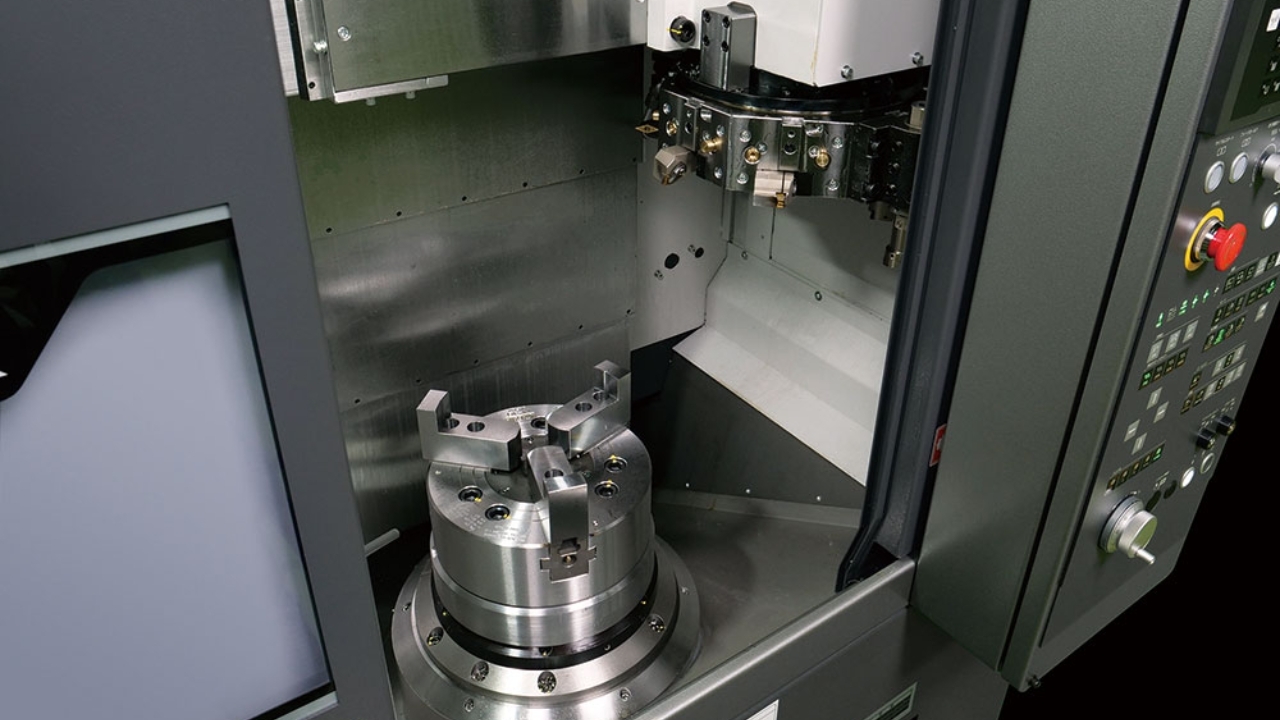
CNC vertical lathes offer the following benefits:
Advanced support for large workpieces
You can use CNC vertical lathes for carrying out heavy machining tasks. These lathes are ideal for heavy components since their vertical designs offer extra support and stability.
Greater cutting accuracy and stability
The rigid structure of the machine helps to reduce vibrations, which causes higher stability when you are machining. With this you achieve better accuracy, thereby achieving high-quality and smooth surface finishes.
Study workhold for better precision
When using vertical lathes, you mount your workpiece vertically. This mounting position helps to maintain gravity, keeping the workpiece stable and balanced. With this, you can achieve high precision and efficient machining.
Better space efficiency
Vertical lathes offer space-efficient benefits due to their small footprint. Due to this strength, you can use them in workshops where there is minimal space.
What are the Applications of CNC Vertical Lathes?
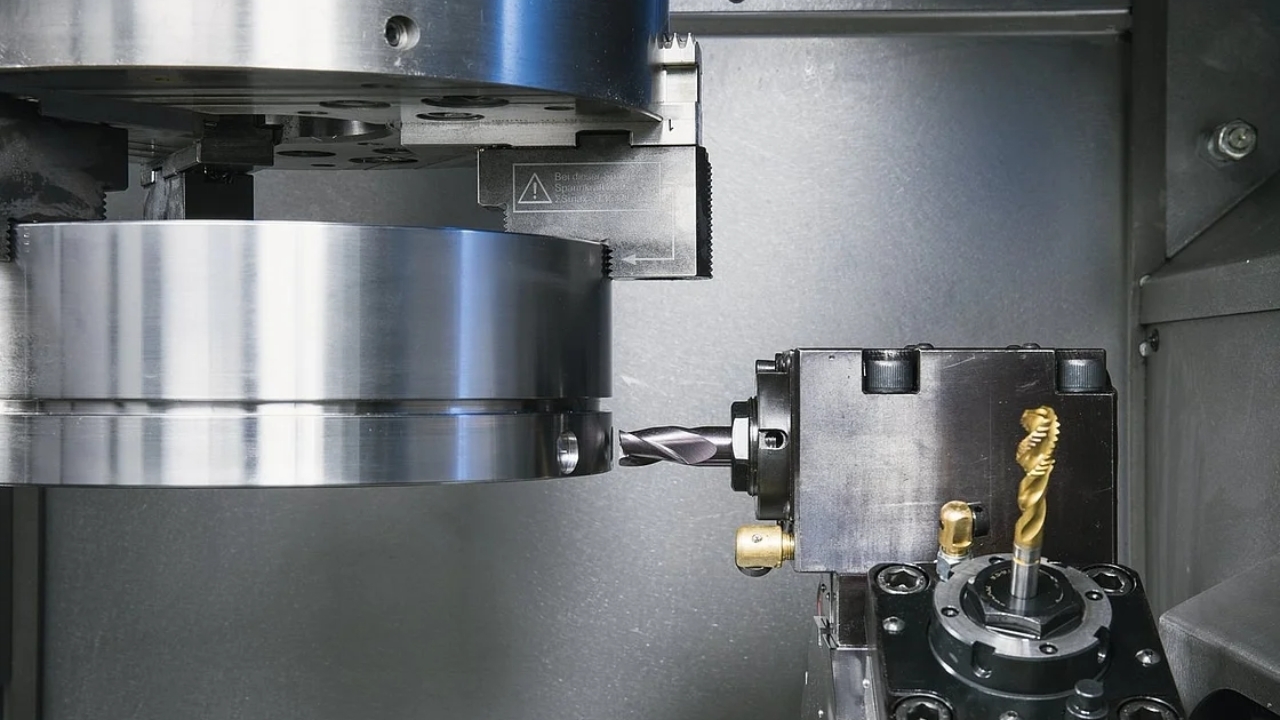
Aerospace
The CNC vertical lathes play a vital role in aerospace during the machining of very accurate and large components such as turbine discs, casings of jet engines, as well as parts of landing gears. With the ability to deal with complex geometries that have tight tolerances mean that aircraft manufacturing comes with safety and high performance.
Energy
The power generation, gas, and oil industries make use of vertical lathes for manufacturing pressure valves, rotors for turbines, as well as components for wind energy. They have great stability which helps them achieve accurate machining of delicate parts that are required for the production of energy.
Manufacturing Heavy Machinery
For industries such as mining and construction, CNC vertical lathes help in machining industrial shafts, large bears, etc. They are suitable for manufacturing components for heavy-duty machinery because they can deal with large workpieces.
Automotive
CNC vertical lathes are useful for manufacturing flywheels, brake drums, etc. They feature high efficiency as well as accuracy, which ensures mass manufacturing of these automotive components coupled with adhering to high-quality standards.
How to Maintain Your CNC Vertical Lathes
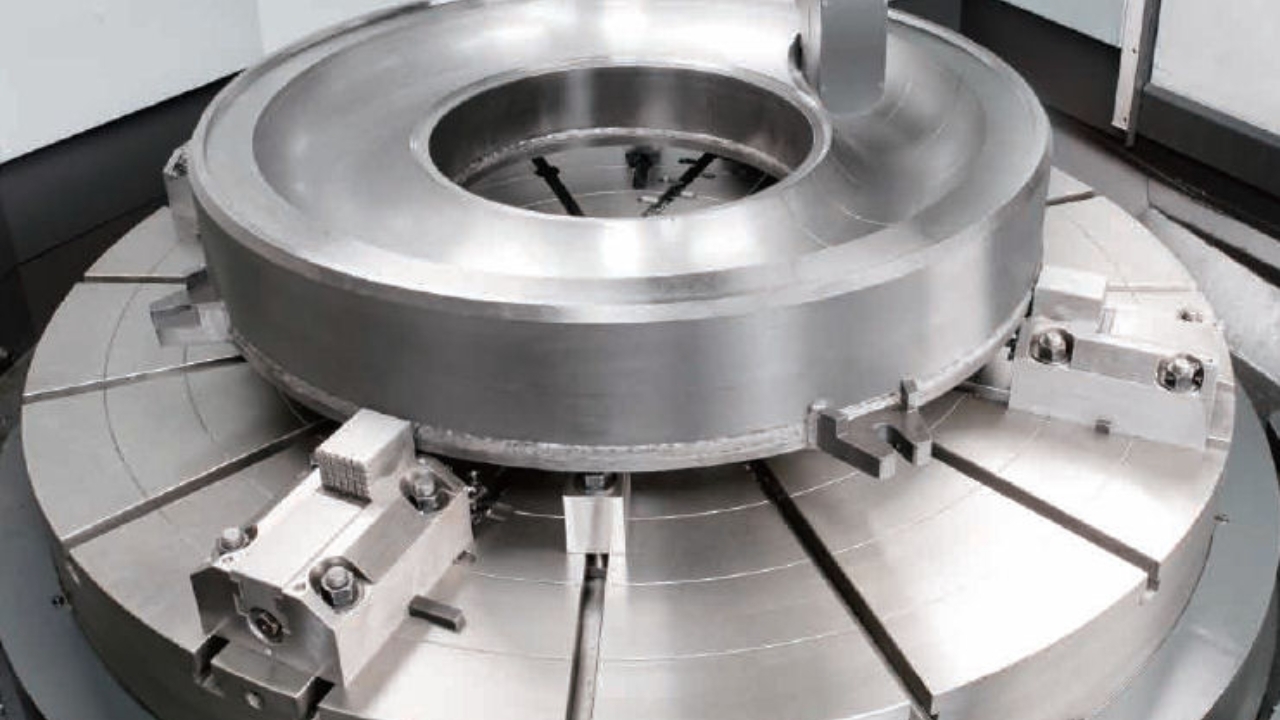
Lubricating often and checking the coolant
Lubricating properly is very important for reducing friction and preventing wear from moving parts. Checking the coolant regularly helps to ensure the best cutting temperatures, which helps to improve the life of your tool and prevent overheating.
Follow safety guidelines
As an operator, you must work with the safety guidelines. These include securing your workpiece properly, putting on protective gear, and ensuring you don’t come in contact with the moving parts. You should also use safety shields to ensure your working environment is safe enough.
Monitor your tools and replace them when necessary
With time, your tools could wear out. This can affect your surface finish as well as your precision. Inspect from time to time and replace all worn tools quickly to maintain the quality of your machining and prevent your workpiece from possible damage.
What are the Future Trends in CNC Vertical Lathes?
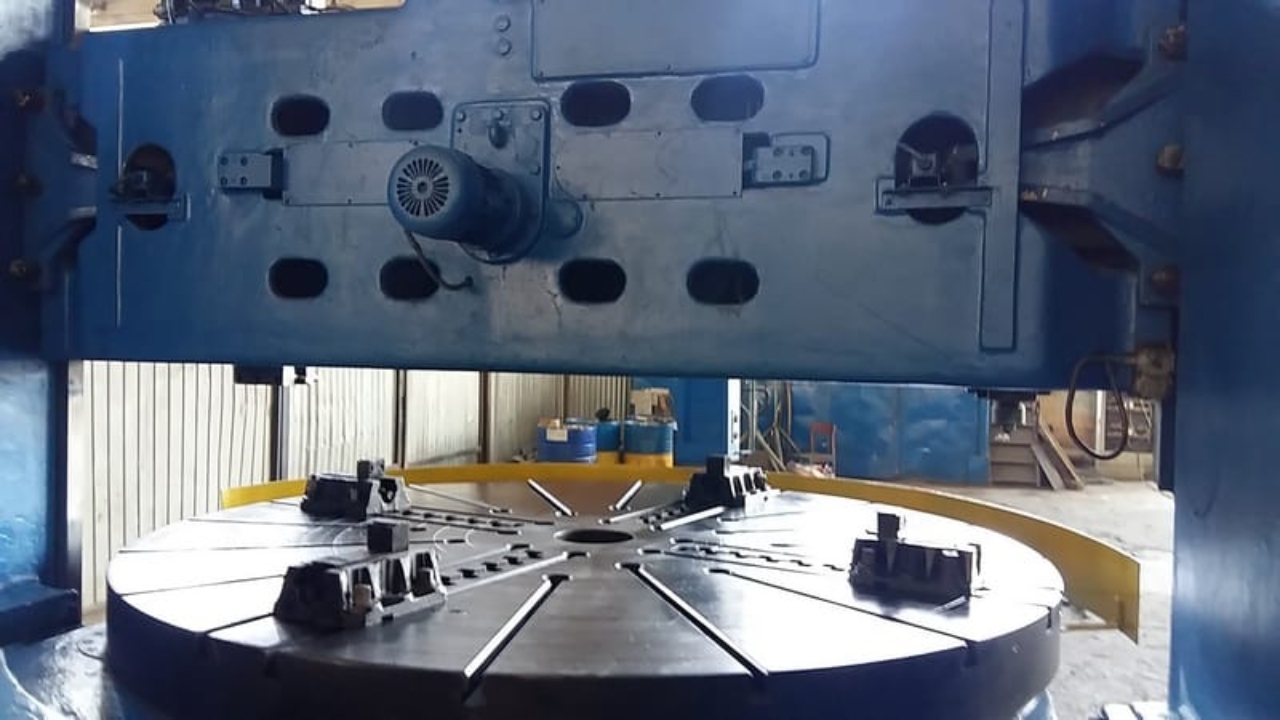
Automation
The CNC vertical lathe has a future with automation, where robotic systems will handle quality inspections, changing of tools, and loading your workpieces. With this, you can be more efficient, reduce manual work, and ensure continuous machining.
Maintenance Transformation Using AI
AI can transform maintenance through the prediction of possible failures and machine wear before they happen. Sensors gather data, which AI analyzes and then schedules a maintenance where necessary, thereby reducing cost of repair.
Advanced Technology for Tooling and Materials
CNC vertical lathes will continue to evolve to use alloys that are resistant to heat, titanium, etc. In addition, innovative tools for cutting that have coatings such as carbide and diamond help in enhancing longevity and precision, thereby ensuring that machining is very efficient and is completed faster.
With these innovations, you can increase reliability, accuracy, and productivity, which ensures that CNC machining has a bright future.
Conclusion
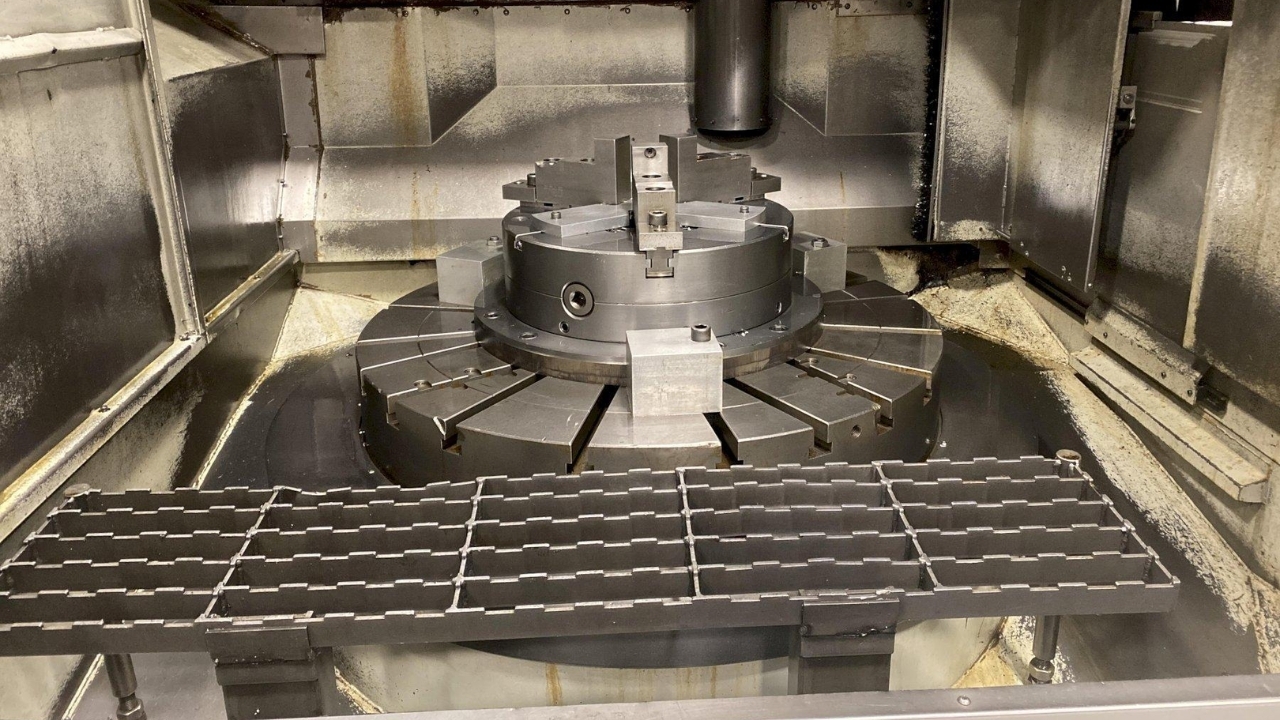
CNC vertical lathes play an important role during modern manufacturing, providing stability, efficiency, and accuracy when machining your large workpieces. They are useful in different industries including automotive, aerospace, energy, heavy machinery, etc. with constant innovations that help to improve performance. Seeking reliable CNC vertical lathes and professional machining services, reach out to Tsinfa today. They make use of reliable equipment and advanced technology for achieving productivity which makes them a useful asset during precision manufacturing.

